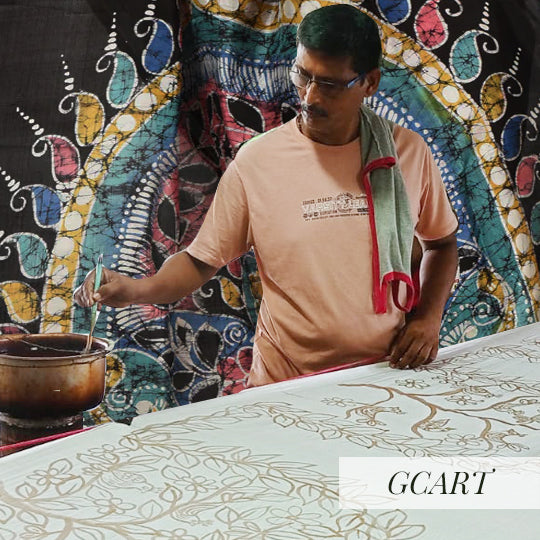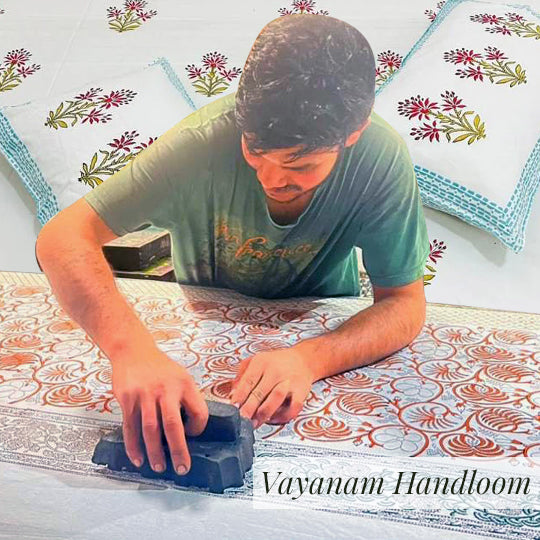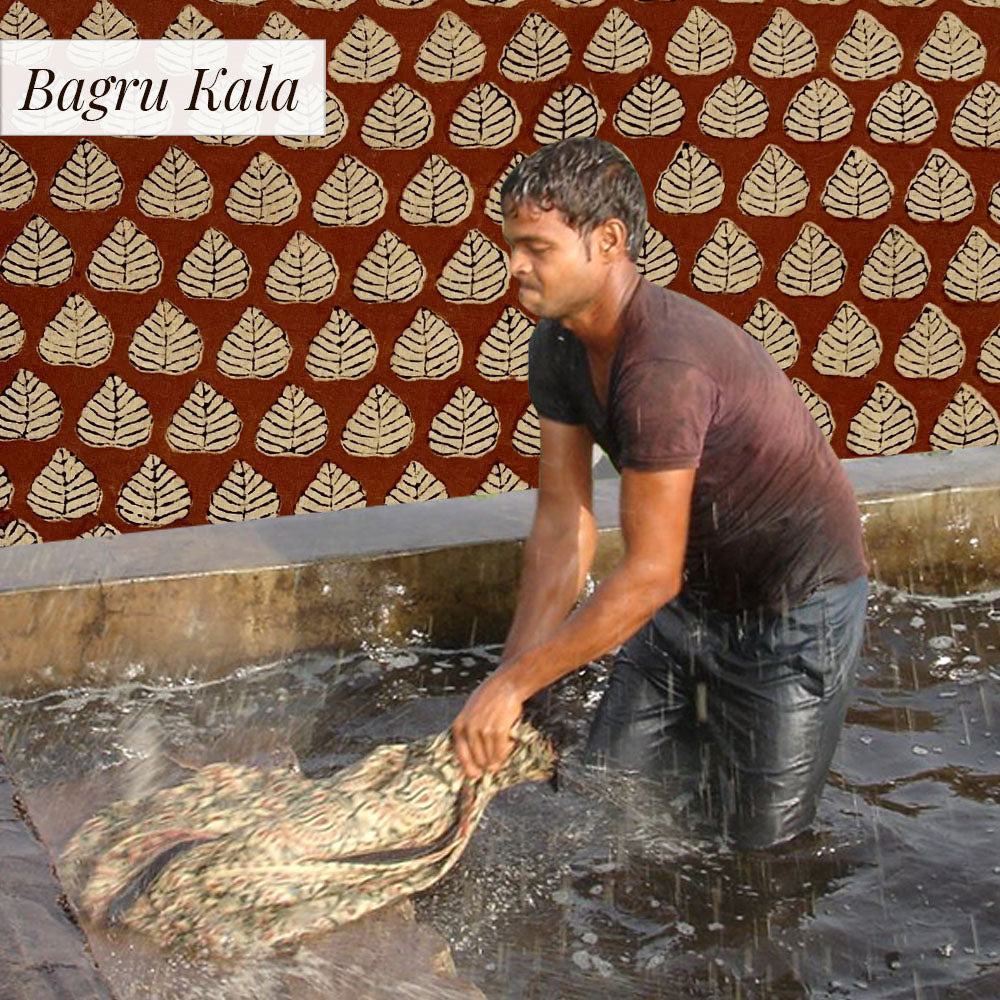The Telia Rumal – A Handloom Lover’s Delight
contributed by Anita, mumbai




Telia Rumal can be literally translated to mean ‘oiled/oily kerchief’. First to explain Telia – the word ‘Telia’ is derived from Til (sesame)/Tel (oil) since the yarn for the textile is treated with castor ash, sesame oil and sheep dung (yes!!) for longer colour retention. The entire method of processing the yarn takes about 21 days. The well-oiled threads help retain moisture. This explains why the Telia Rumal – originally woven by the expert weavers of Chirala situated on the eastern coastline in present day Andhra Pradesh in the 19th century found a ready market in the Arab world.
The term ‘Rumal’ refers to a square kerchief or scarf. The oil in the scarf protects the skin from dryness when worn in the extreme desert climate of the Arabian lands. The same turban keeps the head warm in winters. The liberal use of oil makes the fabric soft and renders a distinct smell to the same. The men in the Middle-Eastern countries fashioned keffiyehs or turbans out of the Telia Rumal.
In India, it was used by the fishermen as a lungi (loin cloth) because the oily cloth repelled water. It was also believed that the red colour and the oily fragrance attracted the fish and the fishermen thus would never return without a catch. It was also used by Nizams and wealthy Zamindars of Telangana for turbans as a symbol of their power. This explains the power statement made by Sheikh Chand in Ankur by sporting the Telia Rumal.
This technique then spread to the Nalgonda district of present day Telangana. Sadly, the tradition is as good as dead in Chirala which was the cradle of the Telia Rumal. The new centre is Puttapaka in Nalgonda district. In fact the Geographical Indication Tag (G I tag) that was granted in May, 2020 was to the Puttapaka Telia Rumal – largely because of the efforts of master weaver Padma Shri Gajam Govardhana. He was the genius who noticed that the tradition was moribund in Chirala, when he visited it in 1975. It was then that he decided to revitalize it in Puttapaka, by training more weavers. It is solely his efforts which have earned Puttapaka Telia Rumal the G I tag.
Older Telia Rumals only had geometric motifs. Further, only three colours were traditionally used – red, black and white – in geometrical designs. The change came in the early part of the 20th century when figurative designs such as lions, birds, elephants, and even clocks and aeroplanes began to find a place. As they say, in order to thrive, you need to adapt, innovate and move with the times. Thus, the rumaal or the kerchief is no longer the only product woven. Sarees, dupattas and lungis are also being woven in a big way. Sarees in particular began to be woven around the 1970s. Further, today the Telia Rumaal sarees are found in several other colours such as green, yellow, orange and mustard too.
Since producing one piece of Telia Rumal could take anywhere around two months, given the elaborate treatment of the yarn before tying and dyeing, a Telia Rumal saree is prohibitively expensive. What is now popularly sold as Telia Rumal is ordinary double ikat, which is more affordable. Thus, now the tel is hardly an integral part of what is today passed off as Teliya Rumal. However, two national award winning master weavers commission the oil treated sarees. An oil treated saree costs 1.5 lakh upwards. Some of master weavers are of the opinion that since the oil treatment has been done away with the term Telia Rumal should be replaced with double ikat. Others refer to it as the Telia Rumal double ikat since traditional motifs are still being woven and using the term has helped popularize the weave.
The problems suffered by the Telia Rumal double ikat weavers are manifold – competition from the power loom, imitations, lack of backward and forward linkages, the bane of the middlemen, vested interests – all of which were very realistically portrayed by Shyam Benegal in the movie Susman (1987). I ended up watching the movie after reading about it in one of the references. It is said that it was Gajam Govardhan’s struggle for promoting handloom that inspired Benegal to make the movie Susman. All lovers of handloom must watch it for the power packed performances of FTII pass outs.
What began with one movie, ended with another. However, my love for handloom (sarees) ensures that I see them everywhere be it a film, an online e commerce platform or a physical exhibition.
References:
https://search.ipindia.gov.in/GIRPublic/Application/Details/599
https://artsandculture.google.com/exhibit/telia-rumal-dastkari-haat-samiti/vwLCs7Qd7aE9LQ?hl=en
https://www.thehindu.com/features/magazine/fraying-threads/article4605842.ece
https://kalamargam.com/blogs/journal/telia-rumal-double-ikat


























Leave a comment